More On: Ruja Ignatova
Inside the high-flying life of Ruja Ignatova, the new member of the FBI's 10 Most Wanted list
It's not hard to find similarities between the notorious Elizabeth Holmes of Theranos and the brilliant Bulgarian-German con artist Ruja Ignatova, who pulled off the OneCoin scam, which was the second biggest in history after Bernie Madoff's $65 billion Ponzi scheme.
Both were popular students with big dreams who used their charisma and good looks to get people to invest a lot of money in their sketchy businesses. Each of them also had a male lover who helped them scam people out of millions of dollars.
Holmes, who was recently convicted of scamming investors, faces 20 years in prison and is reportedly broke, while 42-year-old Ignatova is still on the run after disappearing with a lot of money in 2017. Her customers lost about $4 billion and her former business partners will go to jail.
In his new book, "The Missing Crypto Queen: The Billion Dollar Cryptocurrency Con and the Woman Who Got Away With It," British investigative reporter Jamie Bartlett tells the story of how Ignatova went from being born into a poor family in the Bulgarian port town of Ruse to becoming a star at McKinsey & Company and, as of June, one of the FBI's Ten Most Wanted.
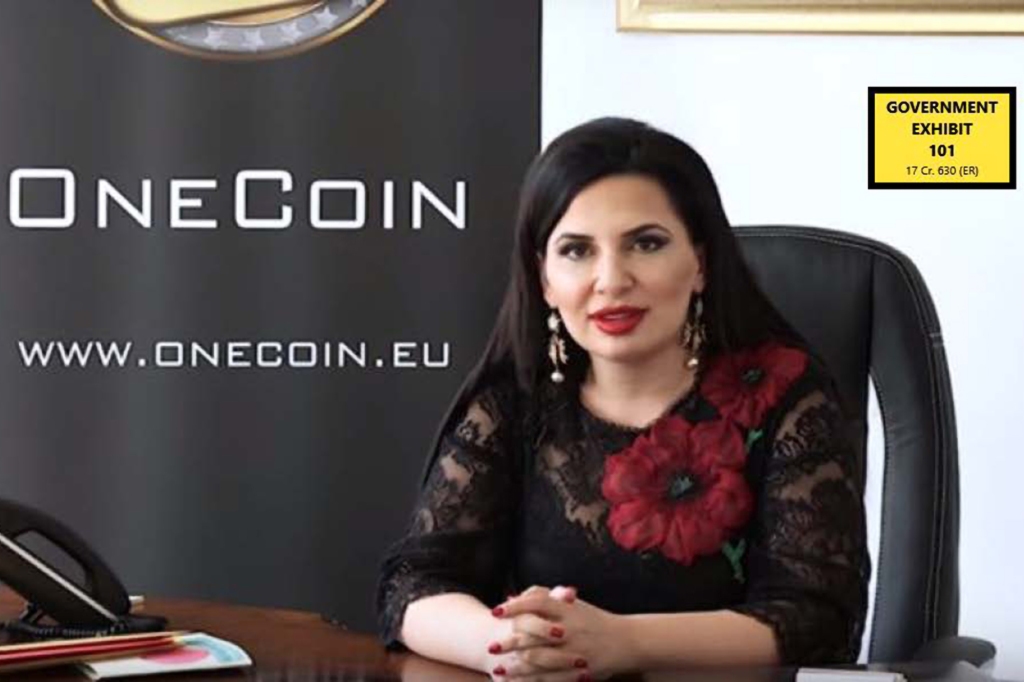
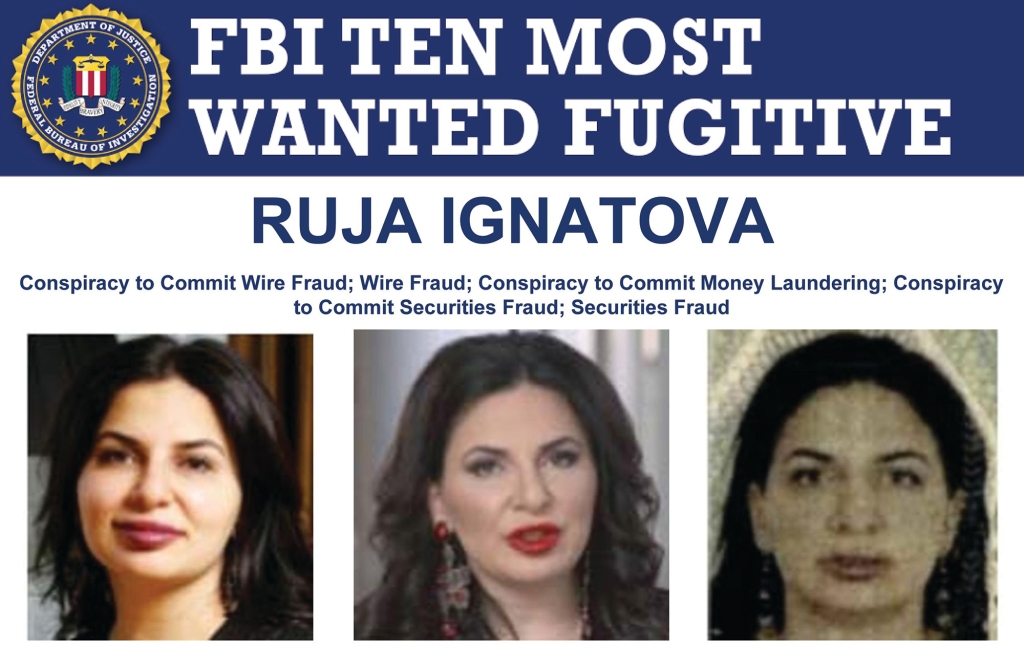
These humble beginnings gave her the drive to succeed. "She wanted to be rich so badly," Bartlett writes.
After the Iron Curtain fell, Ruja's family moved from Bulgaria to Schramberg, Germany, when she was 10 years old. Her dad got a job at a tire shop, and they lived in a small apartment above a butcher shop.
“Even by the standards of demanding parents, Ruja was exceptional,” Bartlett writes.
“In school she was top of every class, brilliant in every subject. One teacher in Schramberg said she was the smartest student he’d ever taught.”
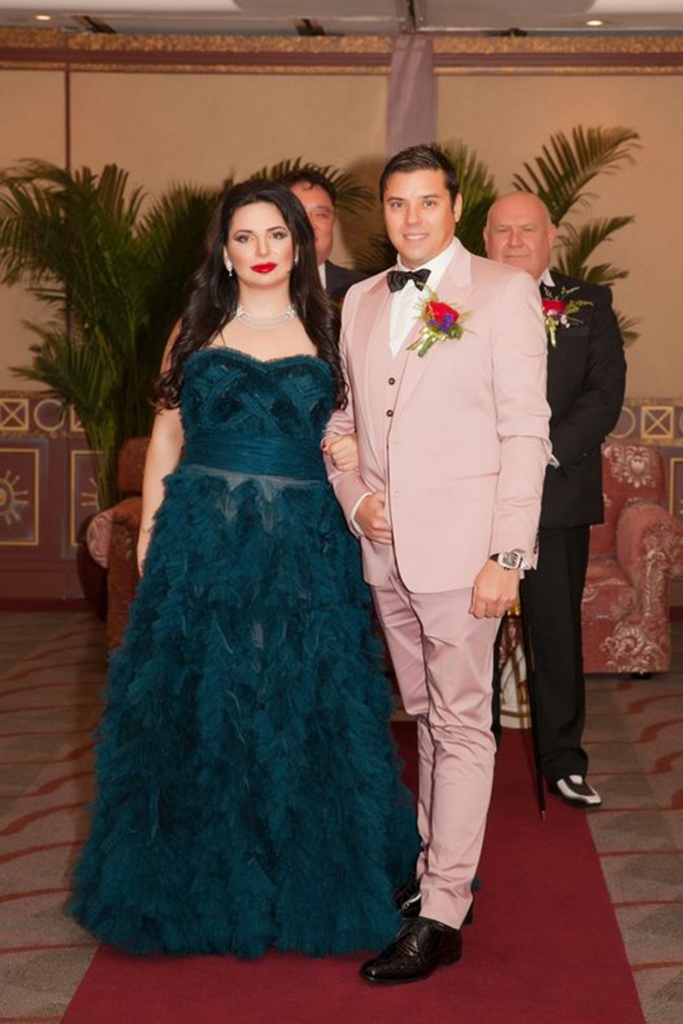
Finding friends proved more challenging.
“Fellow students found her aloof and arrogant,” according to the book, as “16-year-old Ruja strutted around the corridors in high heels and bright-red lipstick like she was too good for the place. ‘Nobody got really close to her,’ one schoolmate later recalled.”
At 18, she won a prestigious scholarship to Konstanz University, considered the “Harvard of Germany,” earning a doctorate in law in 2005. She then added a masters degree in comparative European law from Oxford.
But, Bartlett writes, “It was always the same story: she stood out as painfully clever yet aloof. Always distant, always top.”
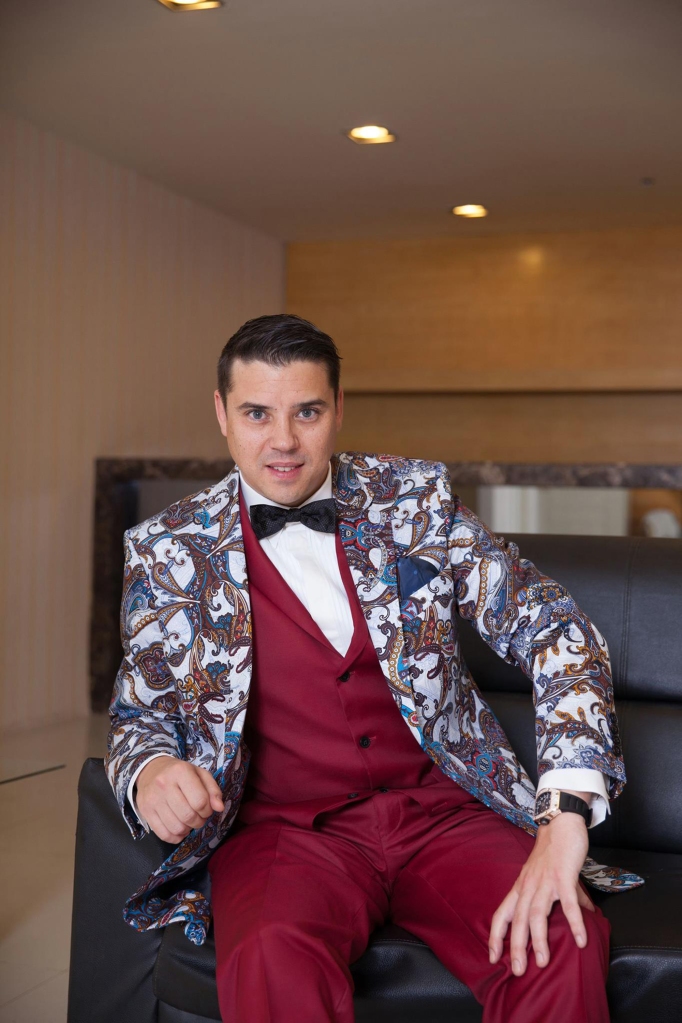
In 2008, Ruja joined the Sofia, Bulgaria, office of the McKinsey consulting firm. Soon after, she was representing some of the best banks in the world. Since she spoke Russian well, she often flew to Moscow to "help the Russian banks connect to the European markets," as the book says.
Bartlett writes, "She was the kind of person you could email at any time of day or night and get a response within minutes." "She used to tell her coworkers in a slightly cold and matter-of-fact way, "I don't want children." "I'm too busy trying to make the world a better place for that!
But when the economy crashed in 2009, the office shut down and Ruja lost her job. She worked briefly for the biggest investment firm in Bulgaria, but it was clear that she wanted more. The book says that at one point, she thought about starting a line of cosmetics. It also says, "She was becoming a well-known face in the city's fashion, business, and political scenes." She still wasn't rich, though.
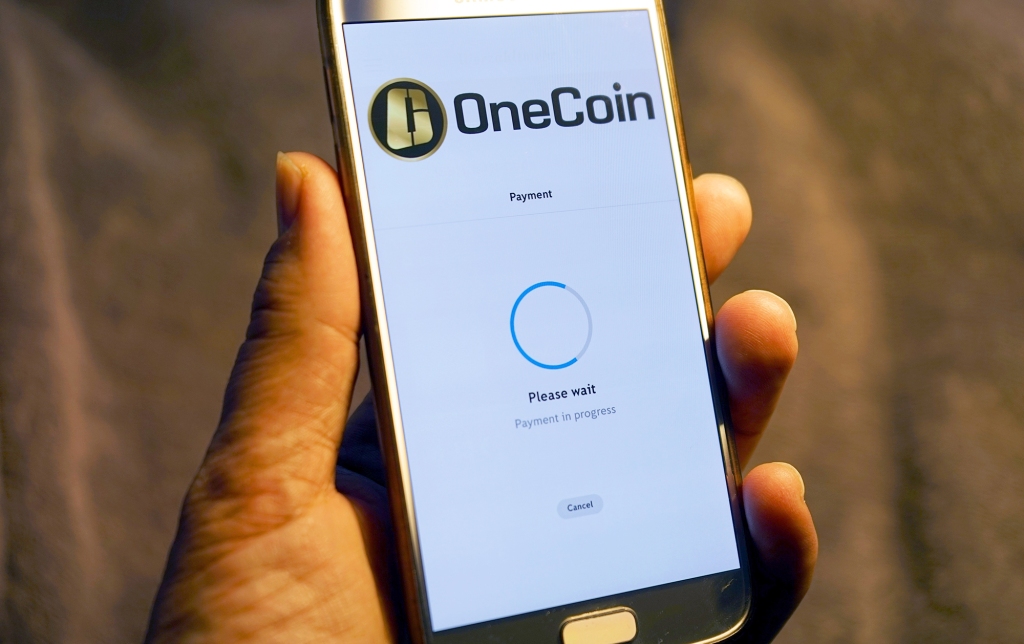
“That same niggling fear of unrealized potential still stalked her. Although she now had a few business interests of her own, they weren’t making change-your-life money. Around this time, Ruja started researching Bitcoin.”
It was the beginning of 2013. Bitcoin was getting more popular, as its price rose above $500, but it also had critics who said drug dealers and people who launder money were using it.
Bartlett writes that Ruja was sure she could "make her own less chaotic version."
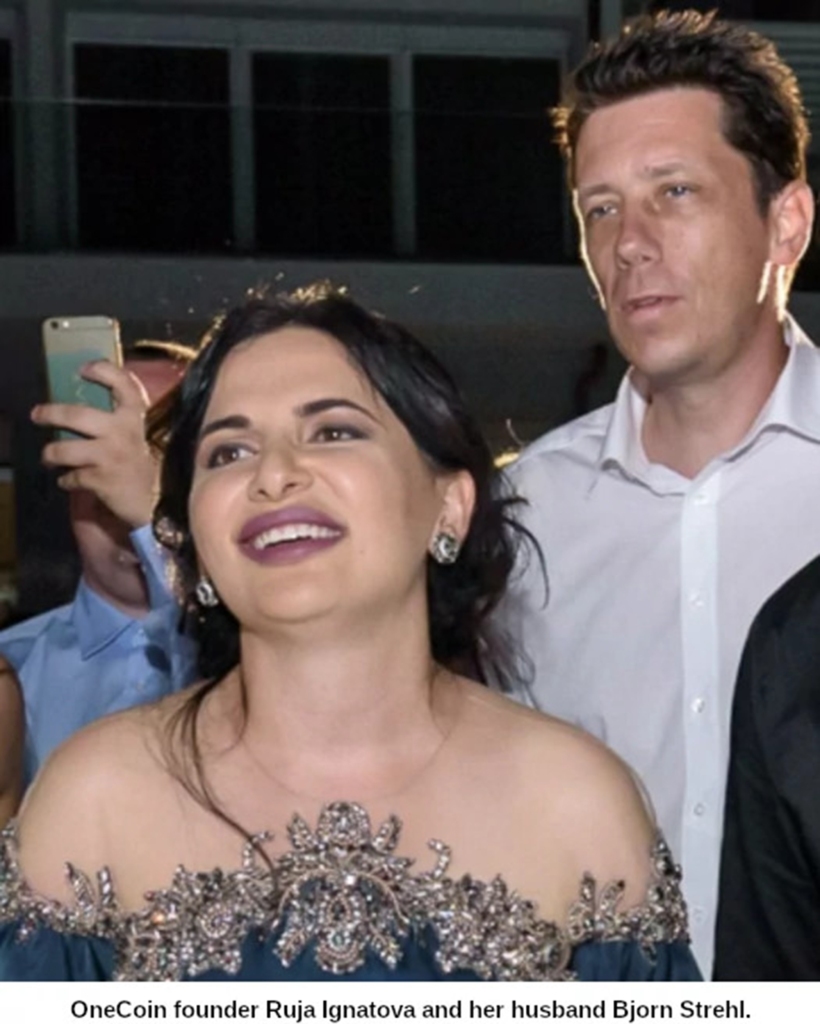
In November of that year, she went to a cryptocurrency seminar in Singapore, where she got a speaking spot and proposed a crypto-based pension plan. Bartlett says, "The idea wasn't very memorable, and she wasn't a great speaker either." "But she knew a lot about money and banking."
Sebastian Greenwood, the man who would soon become her boyfriend, was there.
“Have you considered multi-level marketing?” he suggested, according to the book.
Together they hatched a plan to launch OneCoin, which Ruja dubbed the “Bitcoin killer,” and “the future of money.”
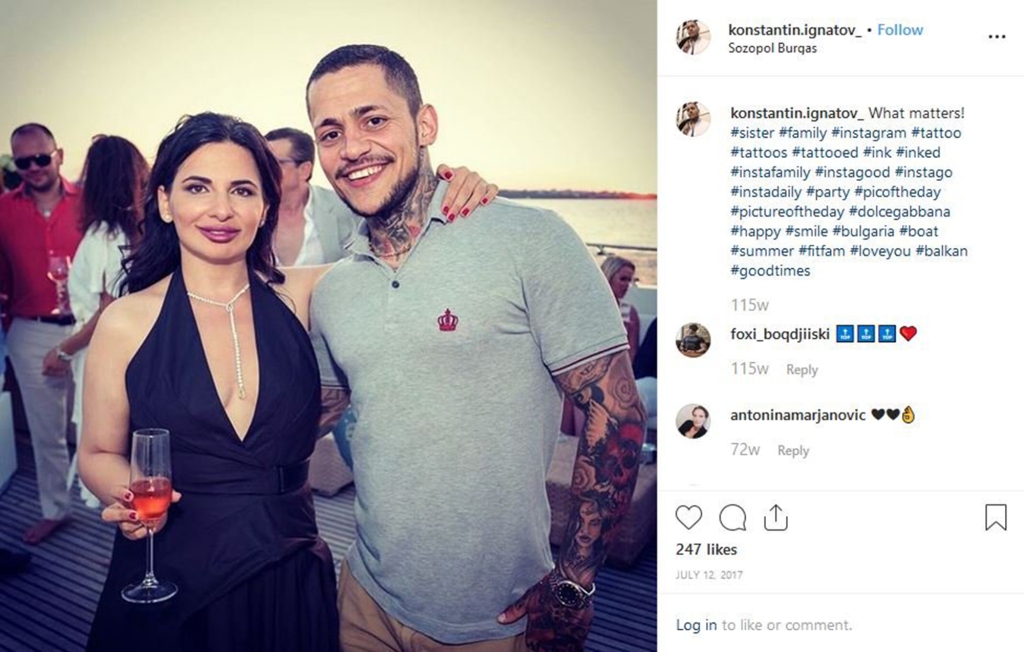
She knew how to sell her product because she knew how to sell herself.
In 2016, Ignatova went on stage at Wembley Arena in London wearing a ball gown while Alicia Keys' "This Girl Is on Fire!" played over the speakers. Bartlett writes, "She walked out with confidence. Her long black hair, deep red lipstick, embellished red gown that sparkled under the lights, and diamond earrings all showed success and glamour."
According to the book, a team of MLM veterans also talked up her new currency. Like other companies of this type, they convinced buyers to get their friends and family to sell OneCoin to everyone they knew, as well.
Instead of selling the currency, Ruja sold videos and pamphlets about how to invest in crypto and gave away armfuls of OneCoin with every purchase. Some people might have been interested in the educational content, but the currency was the real draw, especially considering how much the company charged for packages. The most expensive choice was called "Tycoon Trader" and cost €5,000.
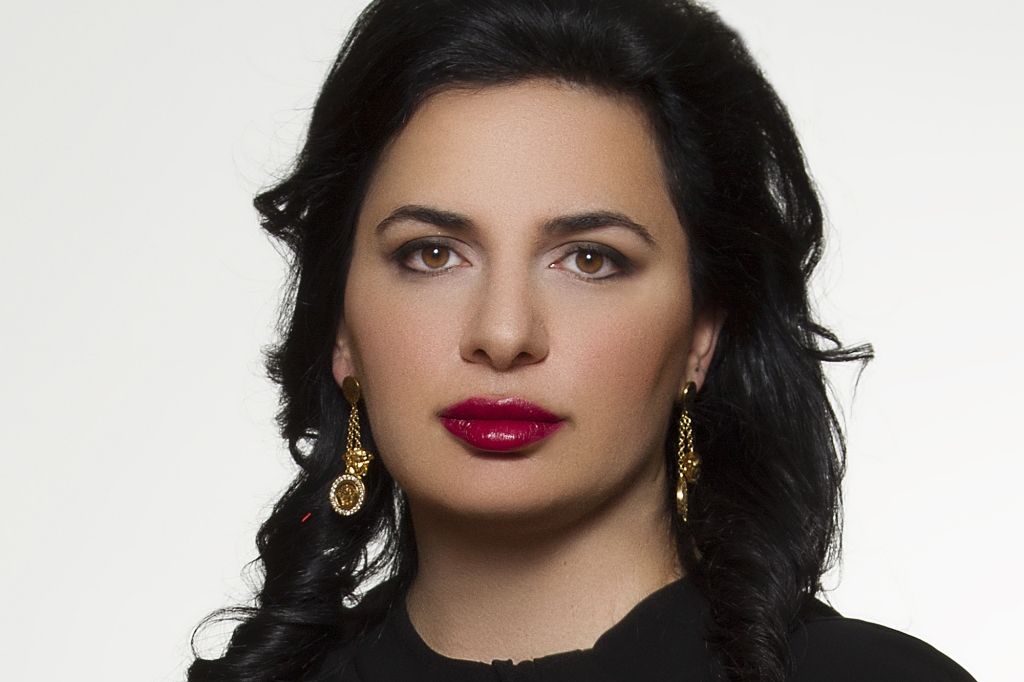
And the crazy marketing campaign, which played on people's greed and fear of missing out on crypto, caused a buying frenzy.
Bartlett writes that most OneCoin investors said the same thing: they didn't understand the technology, but they had heard of Bitcoin and wished they had invested. "When Bitcoin went through the roof in 2013, there were a lot of stories about regular people making life-changing money without any special skills or knowledge. They just got in early."
He says that they should have been worried when Ignatova decided to start OneCoin as an MLM company. Most of the time, these businesses, which can be anything from legit to pyramid schemes, sell beauty, health, or cleaning products, not financial goods, which are regulated by the federal securities laws.
So that no one would have any doubts, Ignatova hired compliance lawyers to keep an eye on the operation. She also talked up OneCoin's own fully transparent blockchain, which is the permanent, unchangeable log of all sales that made Bitcoin safe and helped it succeed. This exchange gave investors in OneCoin peace of mind that their money was safe.
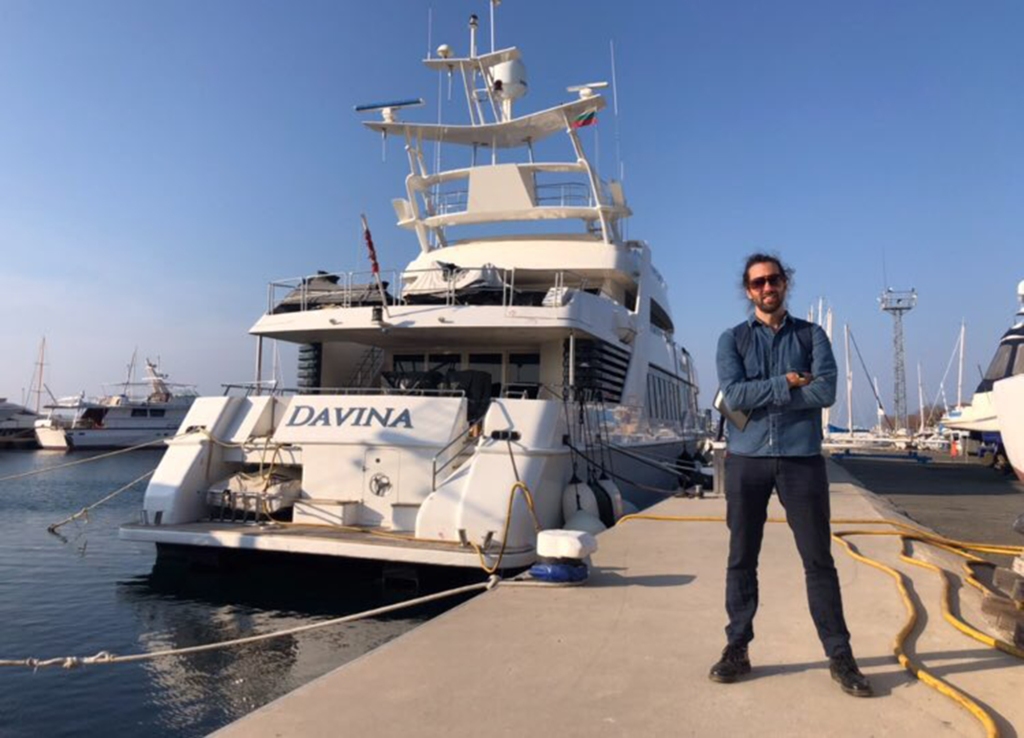
The book says that almost nothing Dr. Ruja said turned out to be true.
Bartlett says that some of the content in her packets was stolen in its entirety. The lawyers didn't do anything. And there was no blockchain, so Ignatova decided what the price of OneCoin would be.
"The price was fake, as was the auditing firm, the exchange, and the education packages," the author writes. "It was all a lie."
As the company's money grew, Ruja and her people spent it on almost every luxury they could think of.
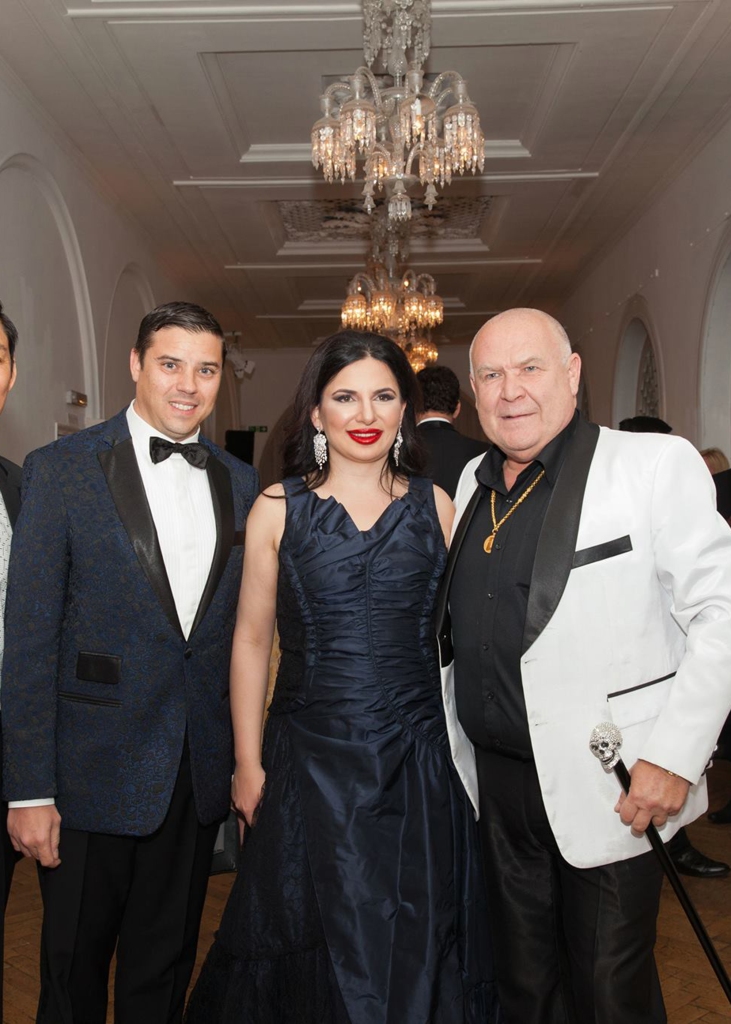
Executives at OneCoin bought themselves nice homes, yachts, sports cars, designer clothes, and jewels. They could certainly pay for it. The book says that the company's "promoters," who were basically commission-based salespeople and many of whom were not official employees, made almost a million euros a month in commissions.
"When she went to London for two weeks in December 2016, she stayed at her brand-new penthouse in Kensington and spent most of her time shopping. She came home each night with two tired-looking bodyguards carrying bags of designer dresses and jewelry," Bartlett writes.
She also bought a "superyacht" called the Davina for about 7 million Euros. The Davina has six rooms, a bar, a massage room, and an underwater lounge with a view.
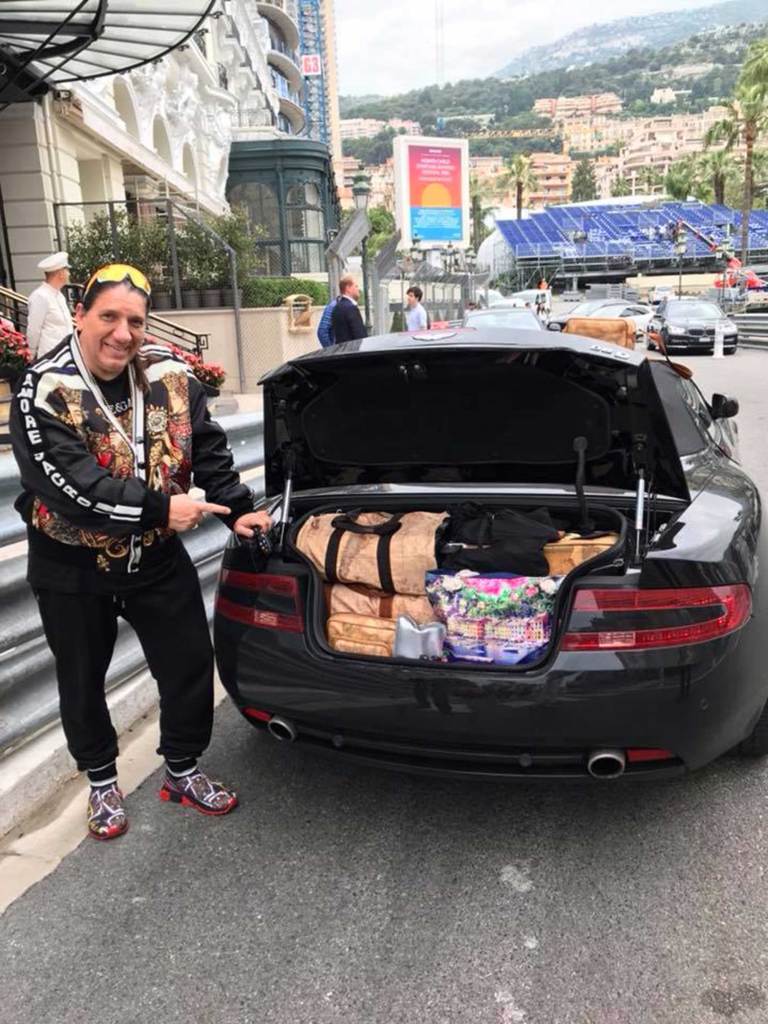
CEO of OneCoin Juha Parhiala bought a private resort in Thailand and "splurged" on cars, including a yellow Ferrari 488, Bentley, and Lamborghini Huracán. Igor Alberts, who made the most money from OneCoin, spent the most. He "bought an eight-story mansion in a wealthy neighborhood on the outskirts of Amsterdam" and "filled his garden with fiberglass life-size animals and installed a 10-foot-high wrought-iron entrance gate with the slogan "What Dreams May Come." When groups of promoters came to train, Igor would always give them a quick tour of his indoor swimming pool, sauna, billiards room, Swarovski crystals, 200-plus shoe collection, expensive watches in boxes, and hand-painted Dolce & Gabbana bags.
Ignatova, on the other hand, was supposedly busy cheating on her husband.
She married Bjorn Strehl, a handsome real estate lawyer she met in law school. But sources told Bartlett that she had a one-night stand with Greenwood, which he couldn't confirm.
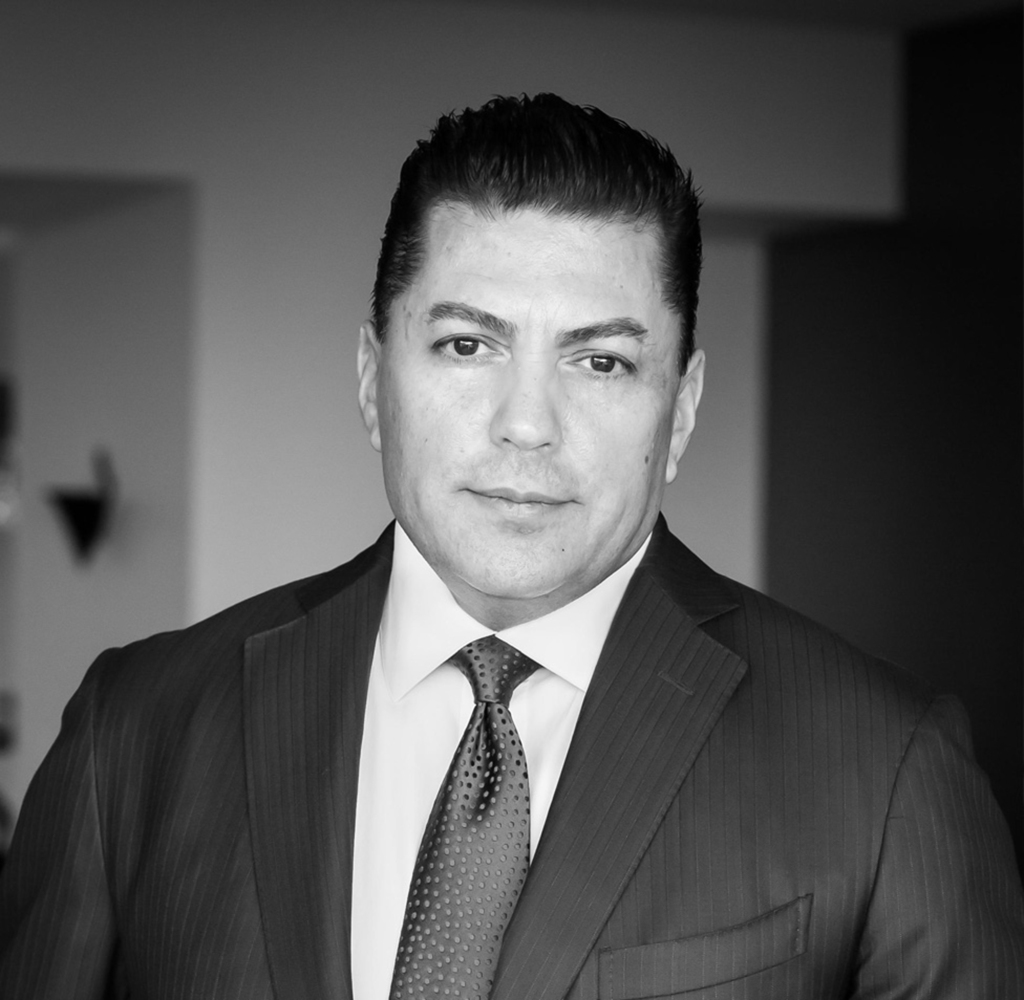
Then, in 2017, she fell in love with another executive, Gilbert Armenta, who Bartlett describes as a "married alpha male" from Florida whose "black hair was gelled back in the old-school way." He was OneCoin's bag man. He set up business accounts in his name to pay commissions and once sent $85 million from one of Ruja's Dubai banks to his own. Soon, they were talking about leaving their spouses behind behind closed doors.
Bartlett quotes a friend who says, "She was totally crazy about Gilbert." But Ruja needed to know he was fully committed, so she sent a black-ops team to plant a bug in his house. The wire showed that Gilbert didn't want to leave his wife, so Ruja got very angry with him.
She didn't know that Armenta was a target of a Manhattan District Attorney's Office investigation into financial transactions from 2015, which was soon joined by a federal investigation into OneCoin. When Armenta was arrested for trying to get money from someone, he told on her.
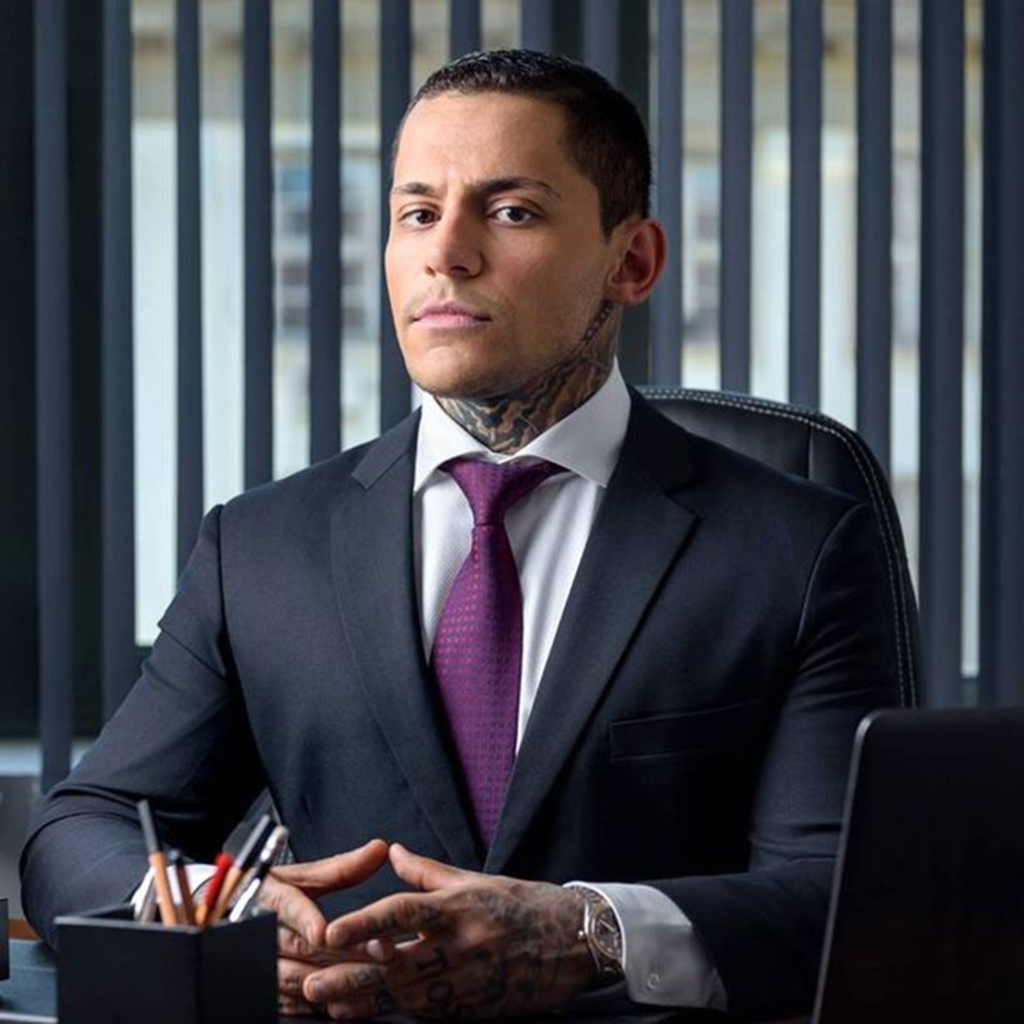
Ruja knew she was in trouble when FBI agents questioned her younger brother Konstantin, who worked as her personal assistant. According to the book, she ran away in 2017 on a flight from Sofia, Bulgaria, to Athens, Greece. She took the money she had stashed around the world with her and left her lover, brother, and business partners to face criminal charges.
Even though OneCoin is still being sold, the company fell apart after a lot of arrests.
Greenwood is being held in Brooklyn, and he is being tried for wire fraud, laundering money, and securities fraud. He had gold and other valuables taken away by Thai officials. Armenta took a deal to work with the government and pleaded guilty to the same charges as Konstantin, who testified against a OneCoin lawyer, Mark Scott, who was found guilty of money laundering in New York. Scott is being sued by federal prosecutors in Manhattan who want to take $400 million from him.
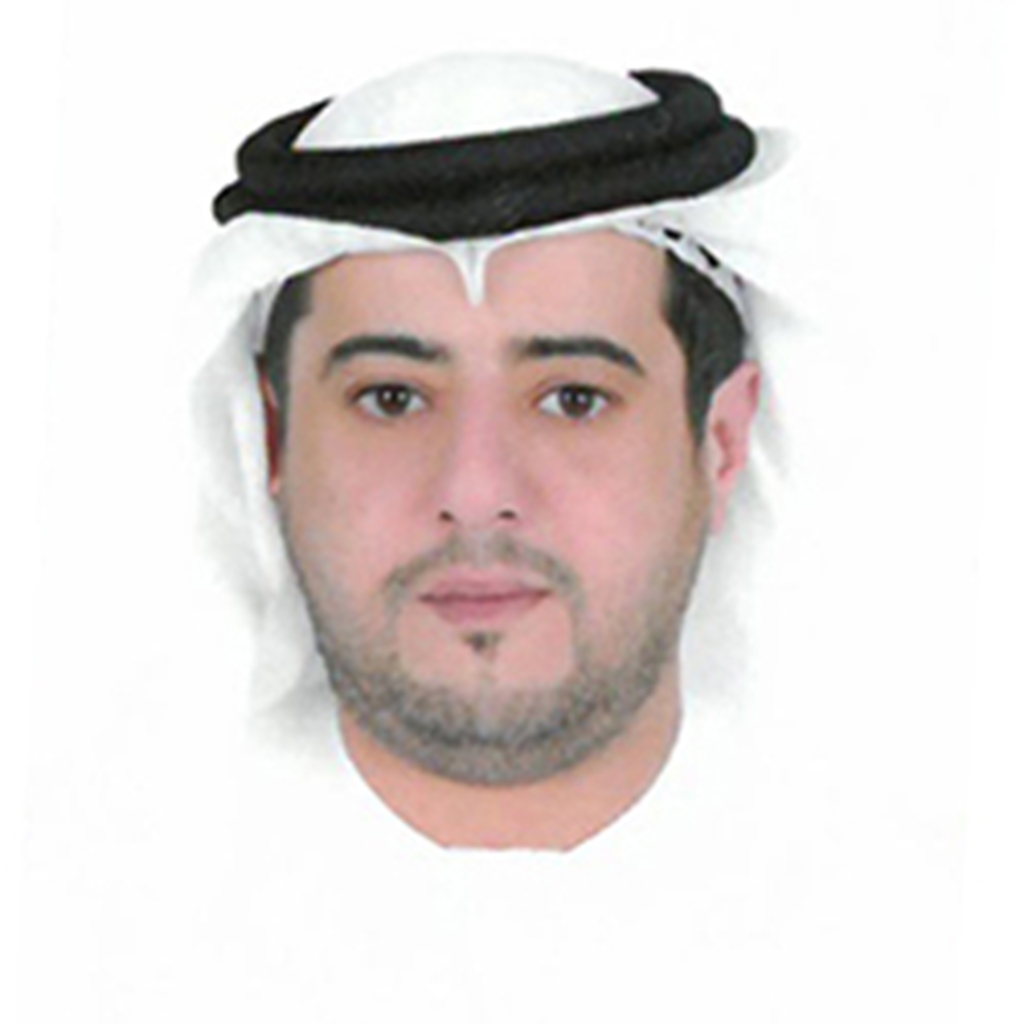
So far, though, there hasn't been a centralized effort by the government to get money back for the victims, like there was during the Madoff scandal.
Bartlett thinks that her worth could be in the billions because of a deal she made with an Emirati royal, Sheikh Saud bin Faisal al Qassimi, in 2015. She gave him access to a frozen bank account with €50 million in exchange for 230,000 Bitcoins, which, if she kept them, would be worth €9 billion today.
“Enough to make Ruja one of the richest criminals in the world,” he writes.
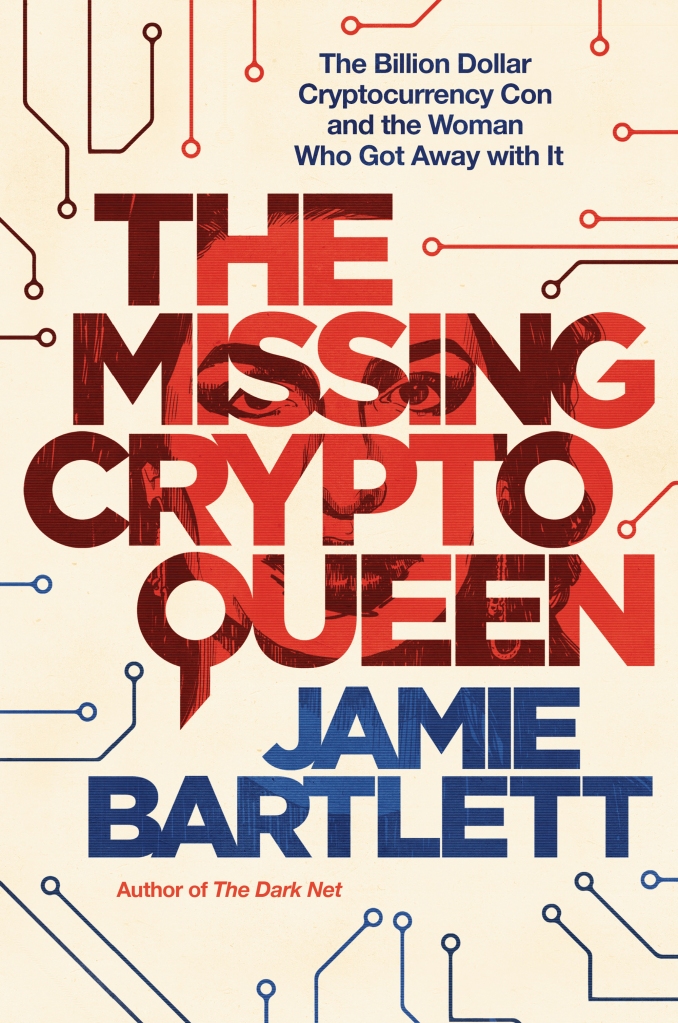
If Ruja does have Bitcoin, she might be able to get to it without being found because Bitcoin transactions are anonymous. The book says that she also put money in safe places around the world, such as Russia and Dubai.
In 2019, the US Attorney's office in Manhattan charged Ruja with wire fraud, securities fraud, and money laundering even though she was not in the country. She was added to the FBI's list of the Ten Most Wanted Fugitive Criminals in June, and the FBI is offering a $100,000 reward for information that leads to her arrest.
Ruja could get 90 years in prison if she is ever caught and tried.
Bartlett says that there are rumors that Ruja had a lot of plastic surgery and is using a fake name. He followed her from Greece to Dubai to France to a yacht that was sailing around the Mediterranean. The ship was not her own and was docked in Bulgaria. But because she was rich and had fake passports, she could stay away from the law for a long time.
For now, with her victims dealing with ruin and heartbreak, writes Bartlett, “the Crypto Queen is floating somewhere on the high seas with a new name, a new face, and access to endless amounts of this strange new form of money.”
==========
** Information on these pages contains forward-looking statements that involve risks and uncertainties. Markets and instruments profiled on this page are for informational purposes only and should not in any way come across as a recommendation to buy or sell in these assets. You should do your own thorough research before making any investment decisions. All risks, losses and costs associated with investing, including total loss of principal, are your responsibility. The views and opinions expressed in this article are those of the authors and do not necessarily reflect the official policy or position of USA GAG nor its advertisers. The author will not be held responsible for information that is found at the end of links posted on this page.













